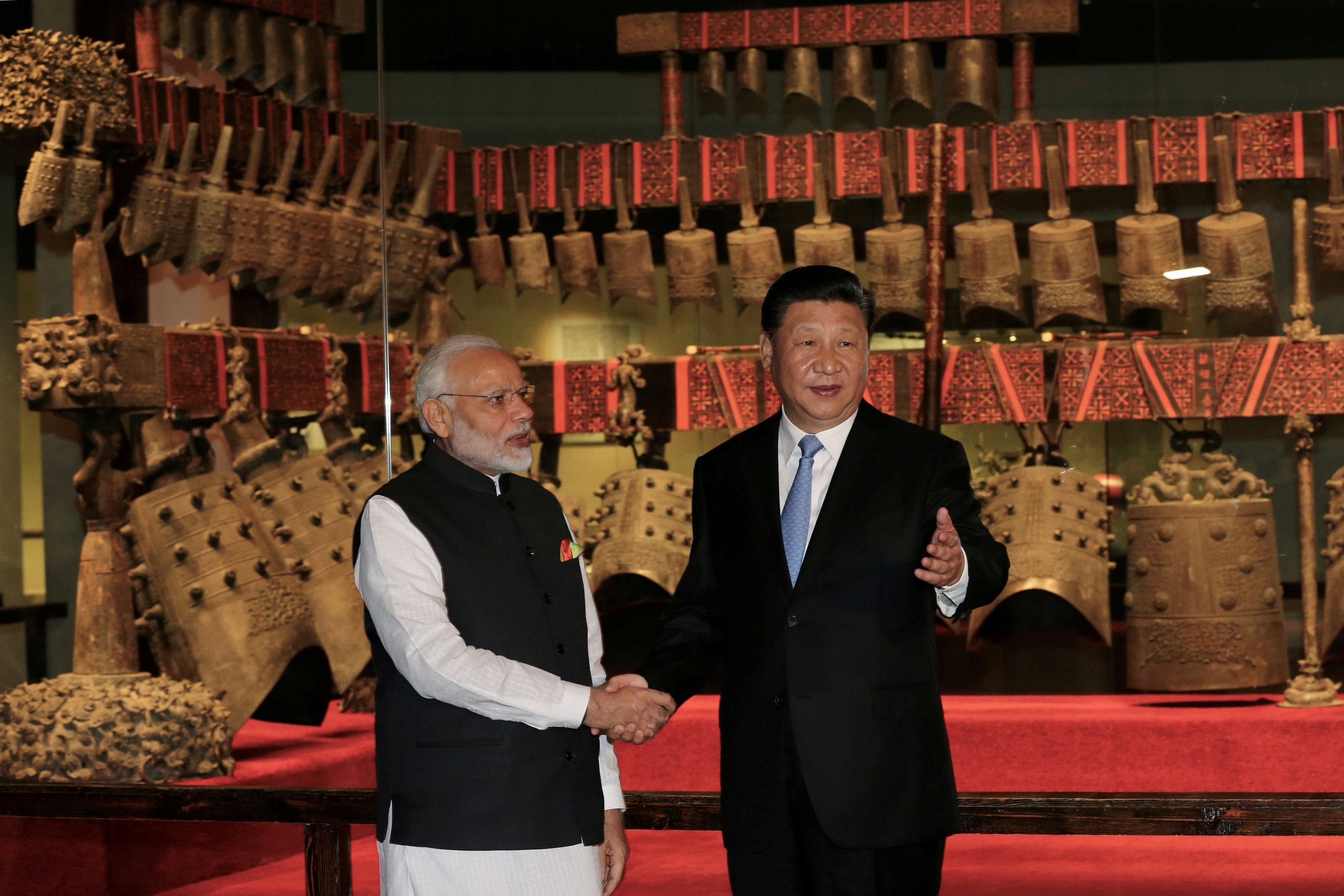India Must Let Go Of Its Grudge Against China
India can only become a manufacturing hub once it integrates itself into the global electronic and manufacturing supply chain. Unfortunately for India, that means lifting embargos on Chinese businesses and investment, which have been in place since a deadly border dispute in 2020.
China is the undisputed manufacturing leader, and that will not change for a while. 31.6 percent of global manufacturing happens in China, while just 2.9 percent happens in India. China’s presence in supply chains is deeply entrenched: seven of the ten busiest container ports are in China, the country produces 90 percent of global smartphones and 70 percent of computers, 85 percent of the world’s rare earth elements, and 15 percent of all of the world’s goods go through China at some point.
Indian leaders may be planning on waiting out China’s manufacturing prowess until eventually, the world builds its supply chains around India — Bloomberg Economics expects Indian growth to reach 9 percent annually by the end of the decade, while China’s will fall to 3.5 percent — but Modi doesn’t have time to kill. India’s youth face an estimated 40 percent unemployment rate, and have been dealt a decade of “jobless growth.”
India officials lead their country as if multinational companies will be willing to build supply chains solely in India, however, there is no evidence this will ever happen. Even Apple, which is set to produce 25 percent of all iPhones in India in the next four years, has only been able to increase its Indian manufacturing by putting immense pressure on Chinese suppliers to set up plants in India and winning exceptions for those plants from Indian regulators. Outside of Apple, which is desperately trying to recover from an iPhone sale slump in China by expanding in India, no other company has shown this level of interest in India.
India still imports heavily from China, which was the biggest source of major industrial products in 2023. India received 30 percent of its electronics, cars, chemicals, machinery, and textiles from China. India's ban on Chinese investments makes it harder to establish local production facilities that rely on Chinese technology and components, meaning that India just consumes from China without getting to share in manufacturing prosperity. India also misses out on abroad technical expertise that can come from Chinese businesses working with Indian ones.
Bloomberg columnist Mihir Sharma, in his piece “Modi’s Job Crisis Can’t Be Resolved Without China,” noted that post-COVID, China has been dealt losses in foreign investment. Had India made it easier to move plants from China to its country, China’s loss could have been India’s gain. But it wasn’t.
Ironically, India’s playbook to overtaking China would be working with China more, not less. It should be China that is reluctant to work with India, not the other way around. However, China has pushed for peace by trying to resume direct travel (direct passenger flights between India and China have been banned since 2020), but Indian diplomats have clarified that relations will not normalize until the Himalayan border dispute is resolved. On that issue, neither country is willing to budge.
To keep up with India’s ambitions, its foreign direct investment should be growing dramatically every year. Instead, it fell to a 16-year low: FDI into India fell over 60 percent year-over-year in 2023-24 to $10.6 billion.
“India never misses an opportunity to miss an opportunity,” writes Seema Sirohi, a columnist for the Economic Times. India has the hard part figured out, something most nations would kill for: the world is knocking on its door asking to come in and give it jobs and wealth. The easy part is just opening the door, yet Indian leaders show no signs of doing so any time soon.



